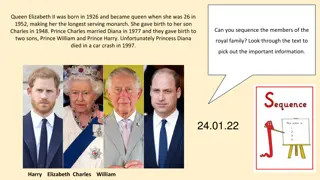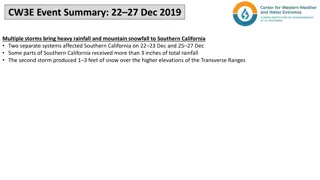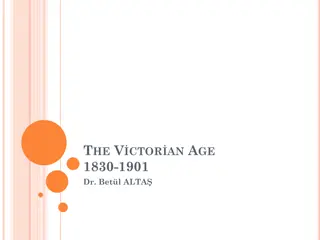Exploring the Royal Pavilion and Southern England Architecture
Discover the unique architecture of southern England through images showcasing the Royal Pavilion, colorful houses, and traditional stone and brick homes. Learn about the history of the Royal Pavilion and its Indo-Saracenic style, as well as the significance of poppies in the UK on Remembrance Day.
Download Presentation

Please find below an Image/Link to download the presentation.
The content on the website is provided AS IS for your information and personal use only. It may not be sold, licensed, or shared on other websites without obtaining consent from the author. Download presentation by click this link. If you encounter any issues during the download, it is possible that the publisher has removed the file from their server.
E N D
Presentation Transcript
What was the weather like in the photo? Typical weather in the UK is...
Most houses in England are made of stone or brick from the local area where the houses are built. The colours of the stones and bricks vary across the country and you can see a typical house of the southern England in the photo.
Modern colourful houses attached to the Royal Pavilion
The Royal Pavilion was built for Prince Regent, the Prince of Wales, who later became King George IV, by designer John Nash between 1815 and 1822.
The Royal Pavilion is built in the Indo-Saracenic style dominant in India for most of the 19th century.
Banqueting Room and the fanciful interior design is heavily influenced by both Chinese and Indian fashion.
Remembrance Day (also known as Poppy Day or Armistice Day) is a memorial day observed in Commonwealth countries since the end of World War I to remember the members of their armed forces who have died in the line of duty. Remembrance Day is observed on 11 November to recall the end of hostilities of World War I on that date in 1918.

















































